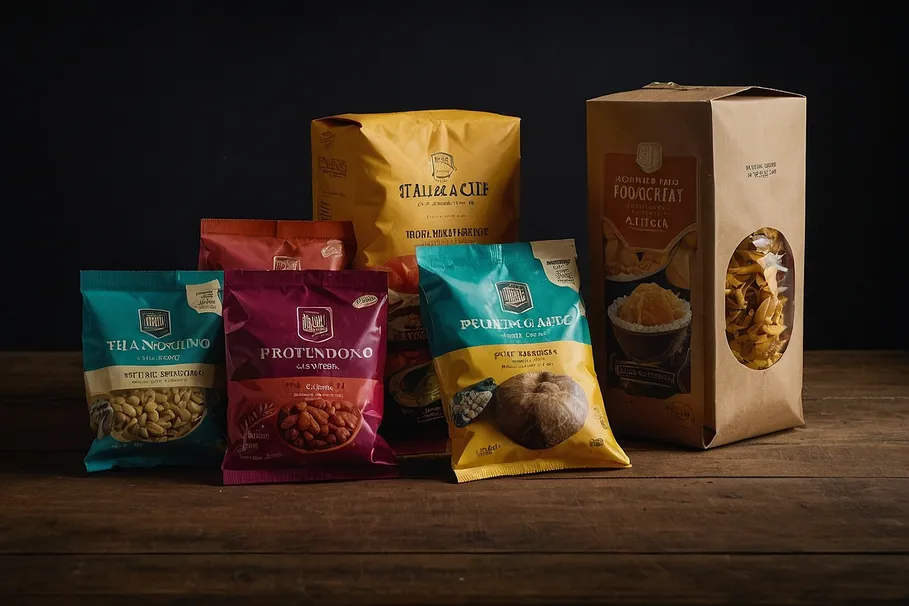Processed foods have become a staple in modern diets, offering convenience and often tantalizing taste experiences. However, their impact on health is a subject of ongoing debate and concern. While some processed foods can be part of a balanced diet, others may contribute to various health issues. In this article, we delve into the nuances of processed foods, exploring their classification, benefits, drawbacks, and practical tips for making healthier choices.
Understanding Processed Foods
Definition and Classification
The term “processed foods” encompasses a broad spectrum of food products that have undergone alterations from their natural state. According to the United States Department of Agriculture (USDA), any food that has been modified through washing, cutting, cooking, or adding preservatives is considered processed. However, the extent of processing varies widely, leading to the development of classification systems like the NOVA framework.
-
Unprocessed or Minimally Processed Foods: These include natural foods or those minimally altered without significant changes to their nutritional profile. Examples include fresh fruits, vegetables, and nuts.
-
Processed Culinary Ingredients: Ingredients derived from minimally processed foods, often used in cooking or food preparation. This category encompasses items like oils, vinegar, and spices.
-
Processed Foods: This category includes foods to which salt, sugar, or fat has been added for flavor enhancement or preservation. Examples include canned vegetables, freshly baked bread, and cheese.
-
Ultra-processed Foods: At the far end of the processing spectrum are ultra-processed foods. These products typically contain added artificial colors, flavors, preservatives, and other additives. They are often low in essential nutrients and fiber while being high in unhealthy fats, sugars, and salt. Common examples include sugary drinks, packaged snacks, and ready-to-eat meals.
The Pros and Cons of Processed Foods
While processed foods offer undeniable convenience and often boast extended shelf lives, they come with both benefits and drawbacks.
Benefits
-
Convenience: Processed foods are convenient options for busy individuals or those with limited time for meal preparation. Ready-to-eat meals, canned goods, and pre-packaged snacks provide quick solutions for hunger.
-
Nutrient Fortification: Some processed foods are enriched or fortified with essential vitamins and minerals, addressing specific nutrient deficiencies in populations.
Drawbacks
-
Nutrient Loss: The processing methods involved in food production can lead to the depletion of certain nutrients. For instance, extensive cooking or canning may reduce the vitamin content of fruits and vegetables.
-
Addition of Unhealthy Ingredients: Many processed foods contain high levels of added sugars, sodium, and unhealthy fats to enhance flavor and prolong shelf life. Excessive consumption of these ingredients can contribute to obesity, heart disease, and other health issues.
Making Informed Choices
Incorporating Minimally Processed Foods
While processed foods can be part of a balanced diet when consumed in moderation, prioritizing minimally processed options is key to promoting optimal health.
- Fruits and Vegetables: Among the categories of minimally processed foods, fresh fruits and vegetables stand out for their numerous health benefits. Packed with essential vitamins, minerals, antioxidants, and dietary fiber, these natural foods support overall health and well-being. Integrating a variety of colorful fruits and vegetables into daily meals not only enhances nutritional intake but also adds flavor and texture without the need for excessive additives or preservatives.
- For strategies on encouraging children to eat more fruits and vegetables, you can refer to this helpful guide on how to get your child to eat more fruits and veggies.
-
Choose Whole Foods: Opt for whole grains, fresh fruits, vegetables, and lean proteins whenever possible. These foods are rich in essential nutrients and fiber, supporting overall health and well-being.
-
Read Food Labels: Take the time to read and understand food labels. Look for products with minimal added sugars, sodium, and unhealthy fats. Pay attention to serving sizes and aim for foods with recognizable ingredients.
-
Limit Ultra-Processed Foods: Reduce your consumption of ultra-processed foods, such as sugary drinks, packaged snacks, and fast food. Opt for homemade meals made from scratch whenever feasible.
-
Cook at Home: Embrace home cooking as a way to control the ingredients and cooking methods used in your meals. Experiment with new recipes and flavors to make healthy eating enjoyable and exciting.
Conclusion
Processed foods play a significant role in modern diets, offering convenience and flavor to consumers worldwide. However, not all processed foods are created equal, and understanding their classification and impact on health is crucial for making informed dietary choices. By prioritizing minimally processed foods, reading food labels, and cooking at home, individuals can promote better health outcomes and enjoy a balanced diet that nourishes both body and mind. Remember, moderation is key, and a balanced approach to nutrition is the foundation of a healthy lifestyle.


